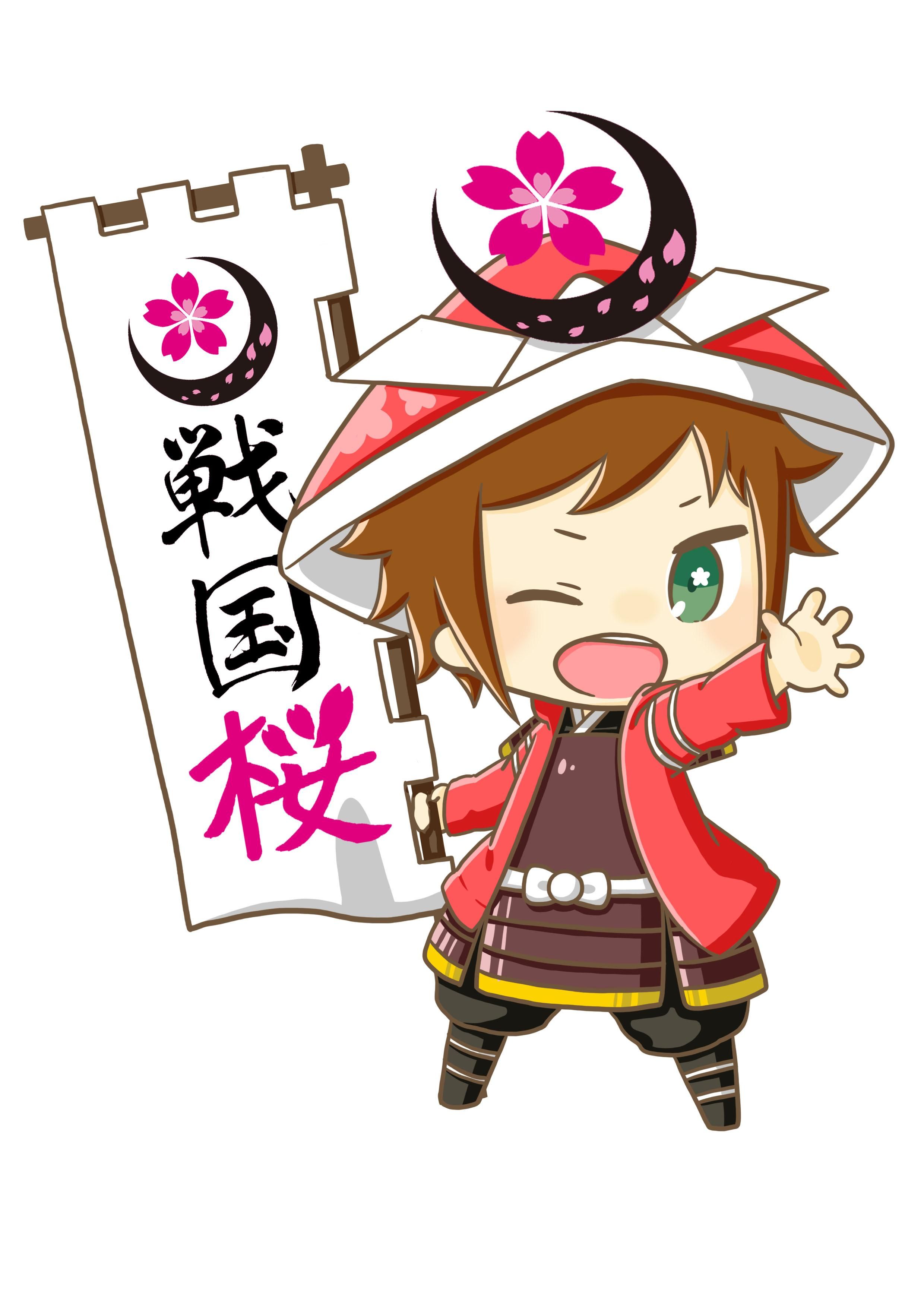- ホーム
-
カテゴリー・検索

- 戦国桜【sengoku zakura】
- 鐘の丸売店【kanenomaru】
- 数量限定・バレンタイン【VALENTINE】
- 新商品【New item】
- ひこにゃんグッズ【hikonyan goods】
- ひこにゃんTシャツ 【hikonyan T-shirt】
- ひこにゃん・やちにゃん アクスタ 【Hikonyan Yachinyan Acrylic Stand】
- お菓子【sweets】
- 戦国武将グッズ【sengoku goods】
- 甲冑護符ストラップ&フィギュア【Armor protective straps・Armor figure】
- ゆきおシリーズ 【Yukio Goods】
- ご当地グッズ 【Local goods】
- 御城印帳・御朱印帳【castle stamp book・stamp book】
- 彦根城グッズ【hikone castle】
- 天上花 ゆるっと武将あにまる 【10jo_flower】
- ステッカー 【sticker】
- マグネット【magnet】
- 鳥人間コンテスト×ひこにゃん【BIRDMAN RALLY×HIKONYAN】
- しまさこにゃん・いしだみつにゃん・おおたににゃんぶ
- 小分けビニール袋・小袋 【Plastic bags and sachets】
- ショップについて
- ブログ
- お問い合わせ
カテゴリーから探す
グループから探す
- 数量限定・バレンタイン【VALENTINE】
- 新商品【New item】
- ひこにゃんグッズ【hikonyan goods】
- ひこにゃんTシャツ 【hikonyan T-shirt】
- ひこにゃん・やちにゃん アクスタ 【Hikonyan Yachinyan Acrylic Stand】
- お菓子【sweets】
- 戦国武将グッズ【sengoku goods】
- 甲冑護符ストラップ&フィギュア【Armor protective straps・Armor figure】
- ゆきおシリーズ 【Yukio Goods】
- ご当地グッズ 【Local goods】
- 御城印帳・御朱印帳【castle stamp book・stamp book】
- 彦根城グッズ【hikone castle】
- 天上花 ゆるっと武将あにまる 【10jo_flower】
- ステッカー 【sticker】
- マグネット【magnet】
- 鳥人間コンテスト×ひこにゃん【BIRDMAN RALLY×HIKONYAN】
- しまさこにゃん・いしだみつにゃん・おおたににゃんぶ
- 小分けビニール袋・小袋 【Plastic bags and sachets】
ショップについて

戦国桜 ✖ 鐘の丸売店
滋賀県彦根市、四番町スクエア内にあります、戦国桜店舗と国宝・彦根城の敷地内にあります、鐘の丸売店店舗の
コラボオンラインショップ(通販)です。ひこにゃんグッズ、彦根城グッズ、戦国グッズが一緒に見れるショップとなります。
たくさんのグッズやお土産品を取り扱っておりますので、チェックしていただけると嬉しいです。 実店舗にもぜひ、遊びにきてくださいね〜。 毎月お得なウェルカムクーポンなども発行しております♪
営業日について
| 日 | 月 | 火 | 水 | 木 | 金 | 土 |
|---|---|---|---|---|---|---|
| 1 | 2 | 3 | 4 | 5 | 6 | |
| 7 | 8 | 9 | 10 | 11 | 12 | 13 |
| 14 | 15 | 16 | 17 | 18 | 19 | 20 |
| 21 | 22 | 23 | 24 | 25 | 26 | 27 |
| 28 | 29 | 30 | 31 |
| 日 | 月 | 火 | 水 | 木 | 金 | 土 |
|---|---|---|---|---|---|---|
| 1 | 2 | 3 | ||||
| 4 | 5 | 6 | 7 | 8 | 9 | 10 |
| 11 | 12 | 13 | 14 | 15 | 16 | 17 |
| 18 | 19 | 20 | 21 | 22 | 23 | 24 |
| 25 | 26 | 27 | 28 | 29 | 30 | 31 |
※戦国桜sengokuzakura 店舗が定休日の場合は商品発送作業、メール、 お問い合わせの返信は行っておりませんのでご了承下さいますようお願い申し上げます。
※赤色は戦国桜の定休日となり、オンラインショップもお休みとなります!
※翌月のオンラインショップ定休日は予定となっており、変更になる場合もございます。
※彦根城内 鐘の丸売店のひこにゃんグッズも戦国桜店舗から発送しております。
※当オンラインショップでは実店舗(鐘の丸売店・戦国桜)でも販売を行っているため、ご注文時に在庫切れが発生している場合がございます。
その場合はメーカー様取り寄せとなり、入荷次第発送いたします。誠に恐れ入りますが、あらかじめご了承いただきますようお願い申し上げます。
モバイルショップ


 戦国桜【sengoku zakura】
戦国桜【sengoku zakura】
 鐘の丸売店【kanenomaru】
鐘の丸売店【kanenomaru】